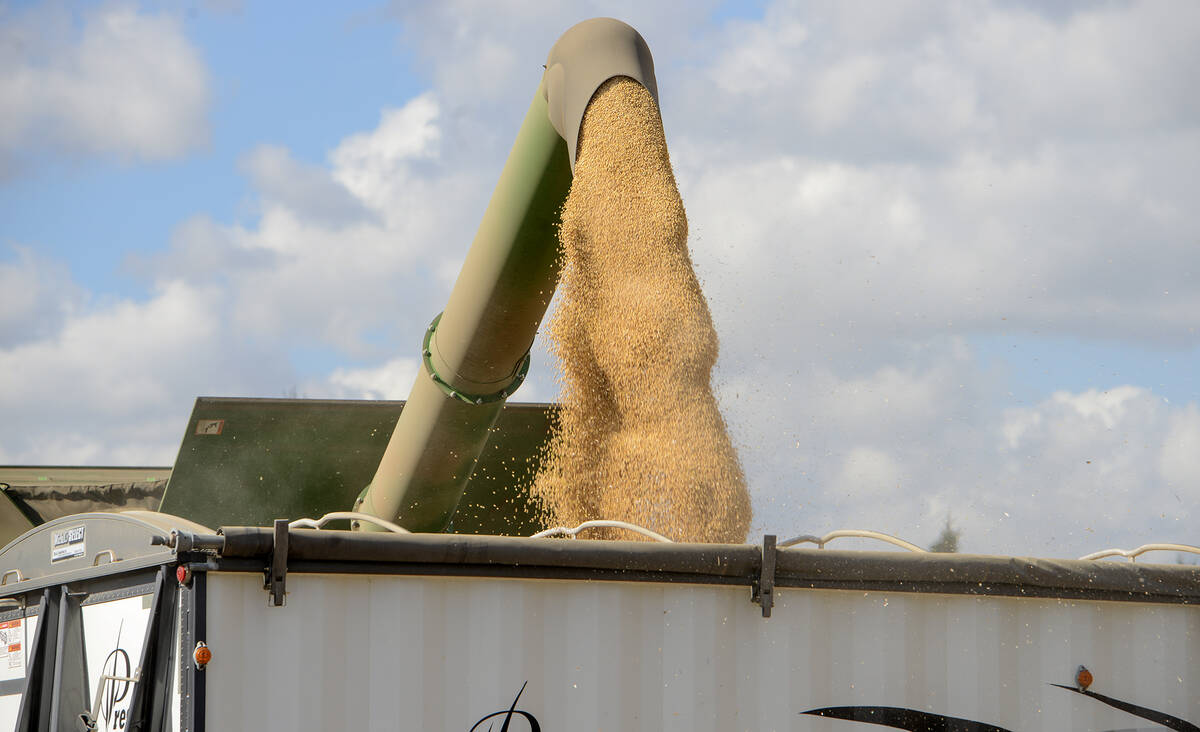Canada Day celebrations on July 1 and Independence Day in the United States a few days later marked the official start of summer, although any fireworks in the agricultural sector were largely contained to vegetable oil markets as corn, wheat and soybeans all held near their lowest levels in months, if not years.
King corn: Heavy is the head that wears the crown, and the weight of the bearish corn market may limit upside potential in most other grains and oilseeds, given the spread relationships between the crops.
Corn futures were under pressure for most of June as speculators added to their large net short positions amid relatively favourable U.S. crop conditions, but values fell even lower on the last trading day of the month. They plumbed new depths in response to updated acreage and stocks data from the U.S. Department of Agriculture.
Read Also

Grain markets hungry for U.S. data
The U.S. government shutdown meant that futures markets were left without robust grain supply information
The USDA reported U.S. corn plantings in 2024 of 91.5 million acres, which was at least one million acres above average trade guesses. Meanwhile, quarterly stocks of the grain, of just under five billion bushels as of June 1, were at the top end of expectations and about 890 million bushels above the year ago level.
The September contract briefly traded below the psychological US$4 per bushel level but has since managed to hold above that key chart point.
Soybeans: While soyoil futures climbed higher in sympathy with Malaysian palm oil and European rapeseed futures, the market for beans themselves looks much more subdued. The November contract tested the US$11 per bushel level on July 1, with that level a key downside target to watch as we head through the growing season.
The USDA pegged U.S. soybean seedings this year at 86.1 million acres, down by about 400,000 acres from the March report, but above the 83.6 million acres seeded last year and a generally bearish influence overall. Quarterly U.S. soybean stocks were also up on the year.















